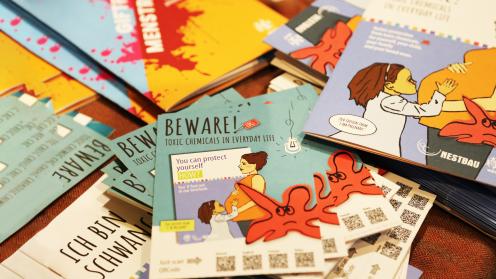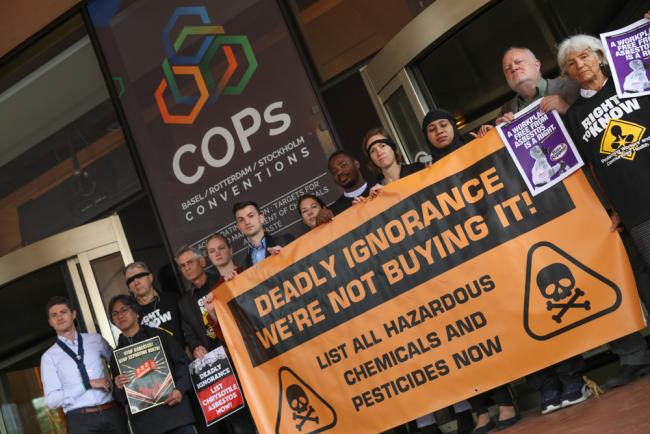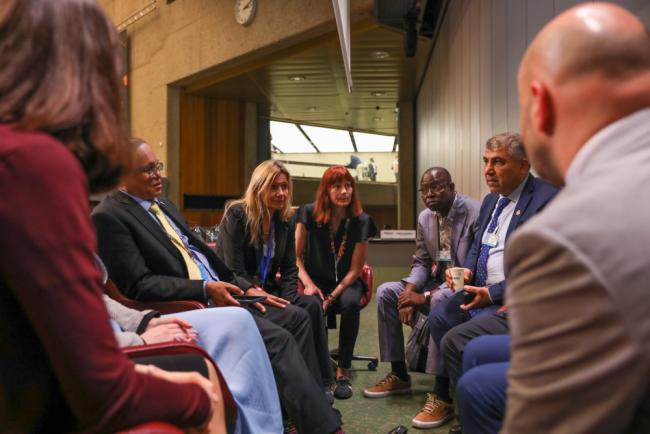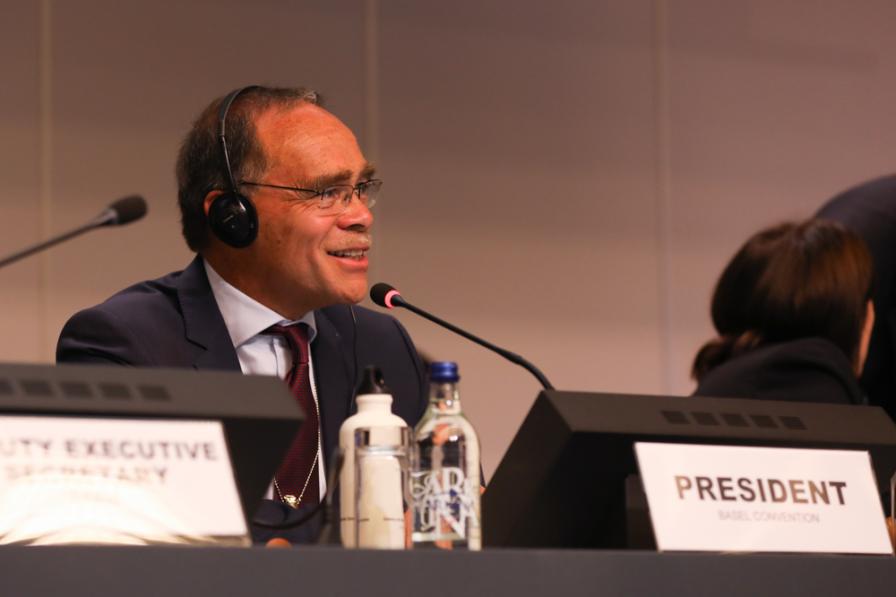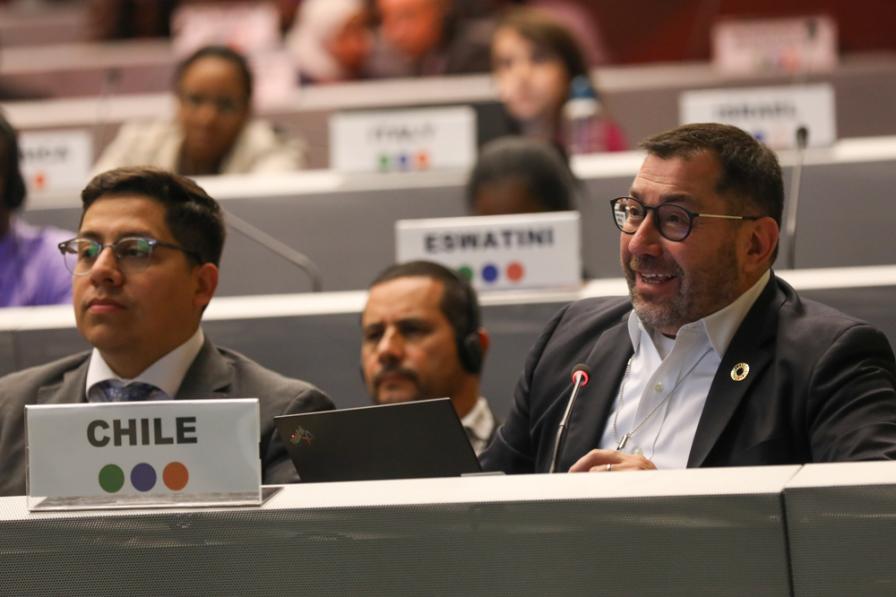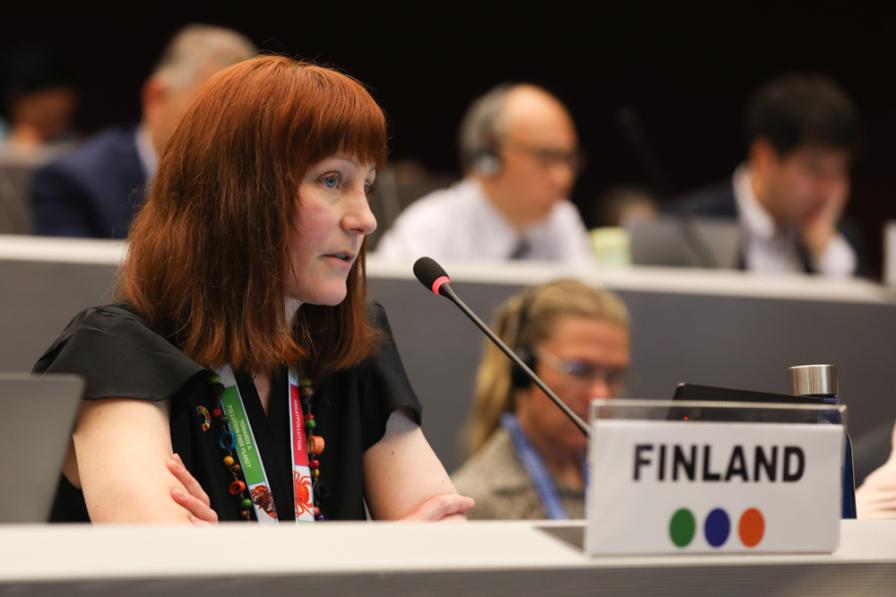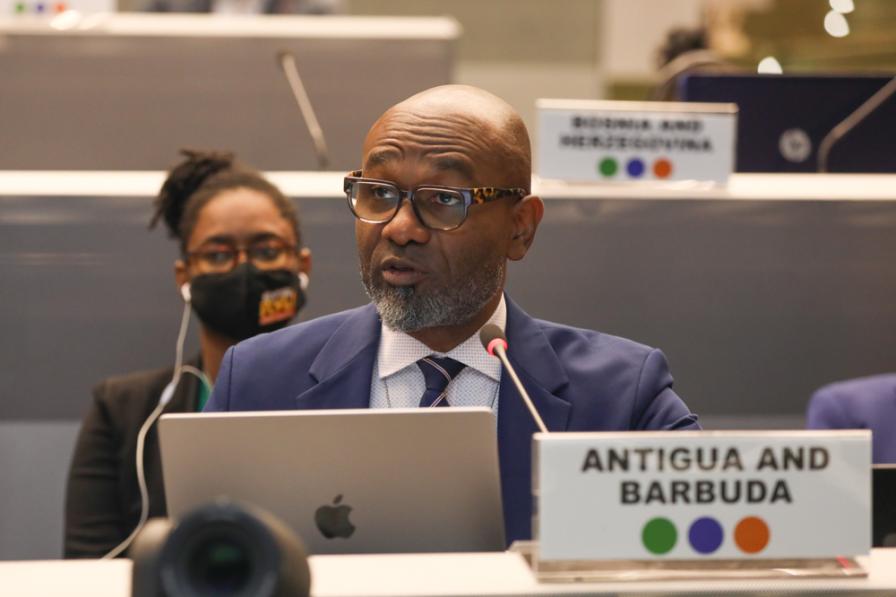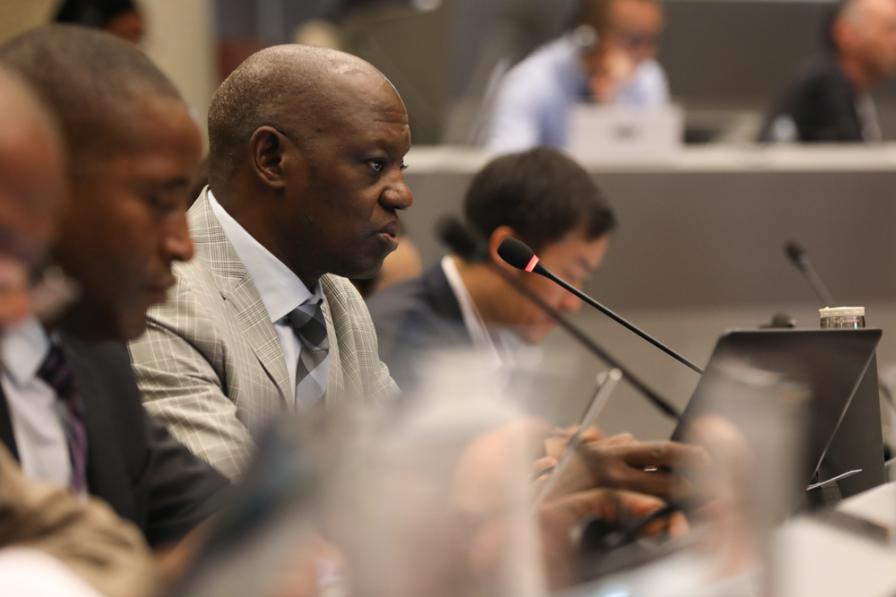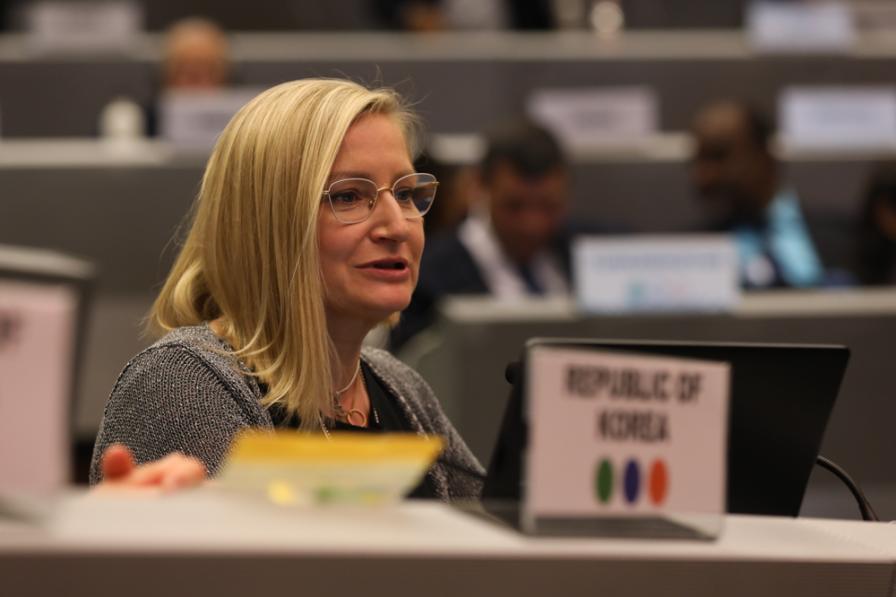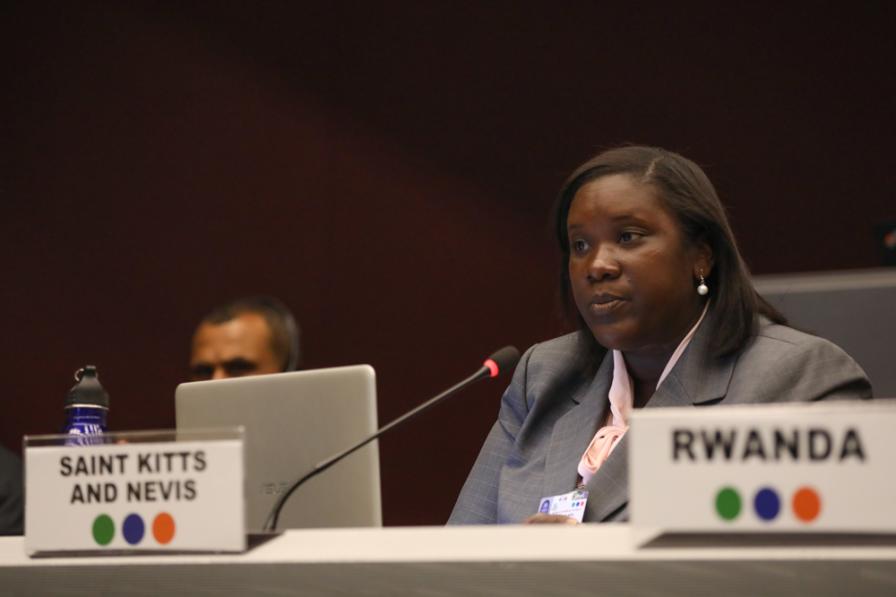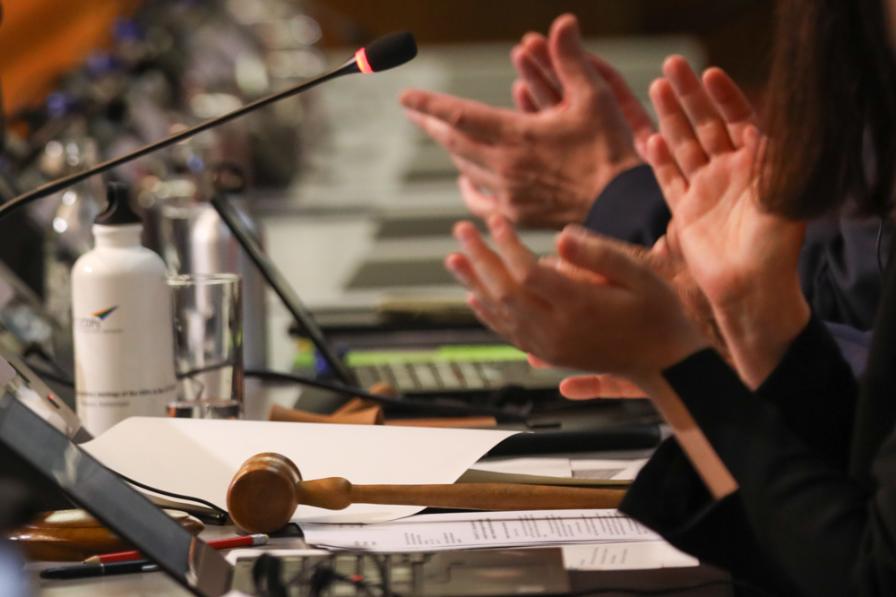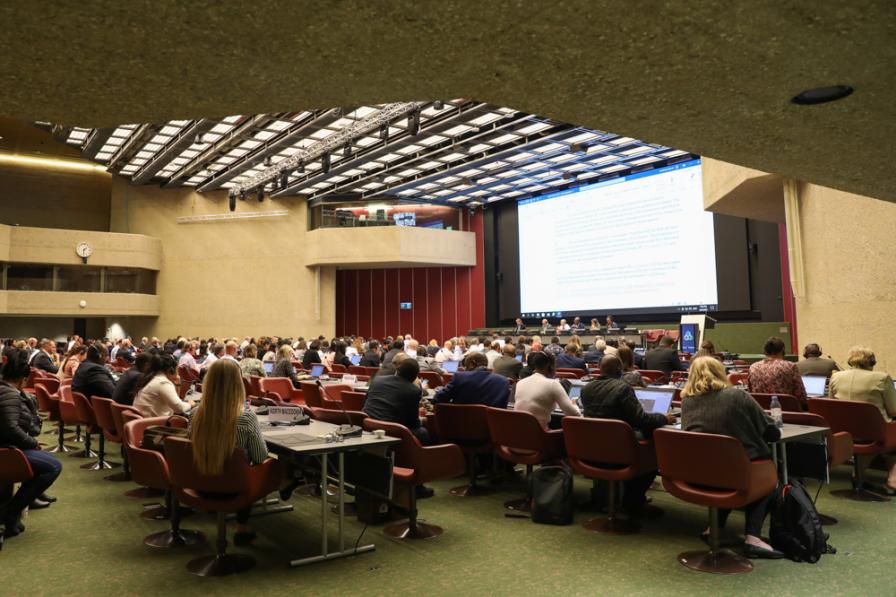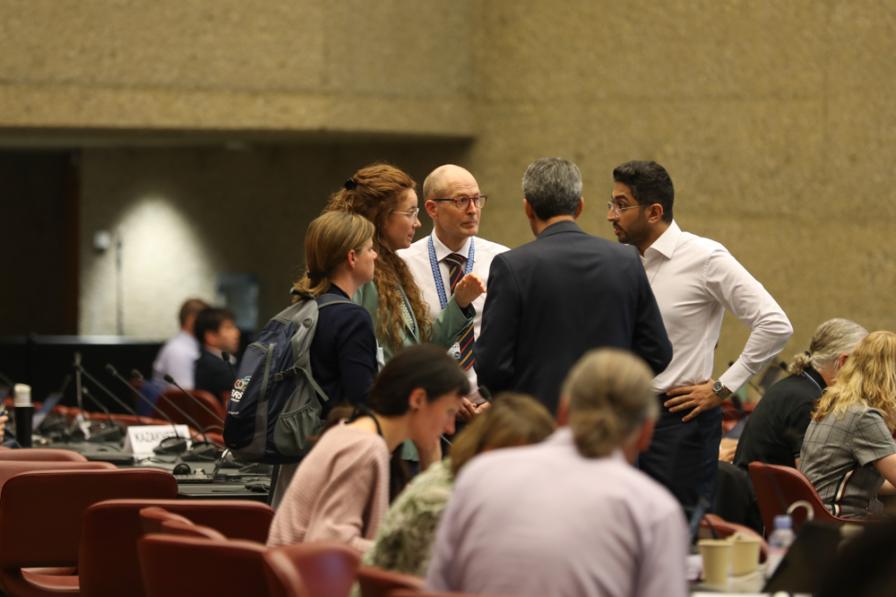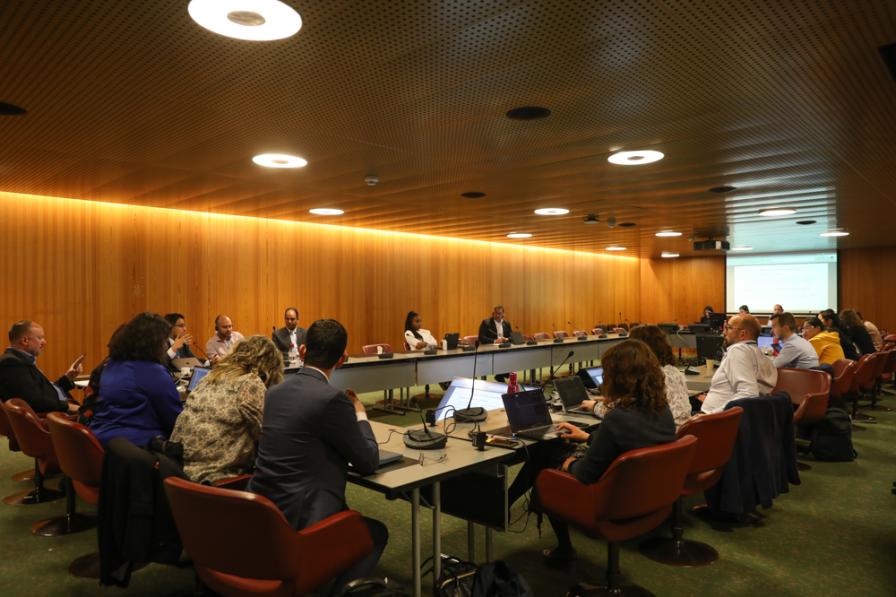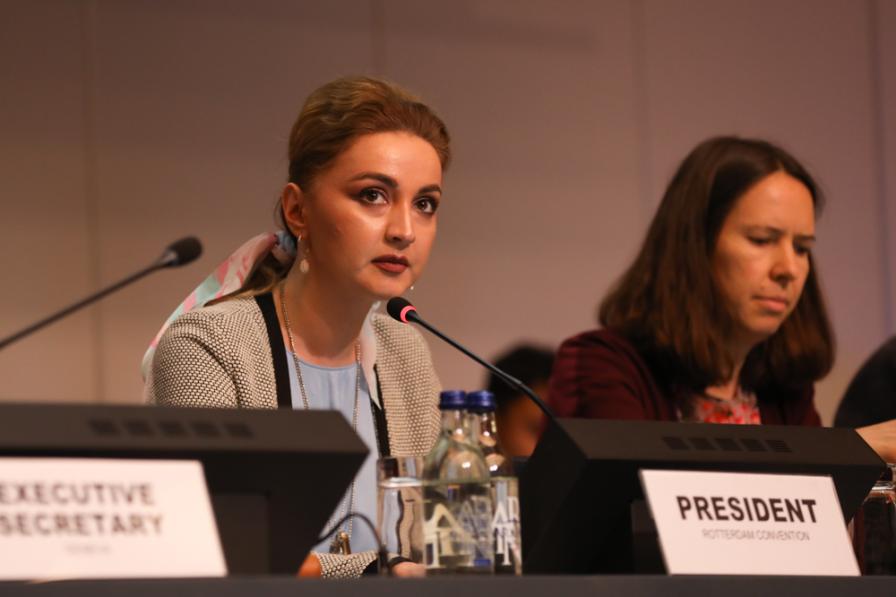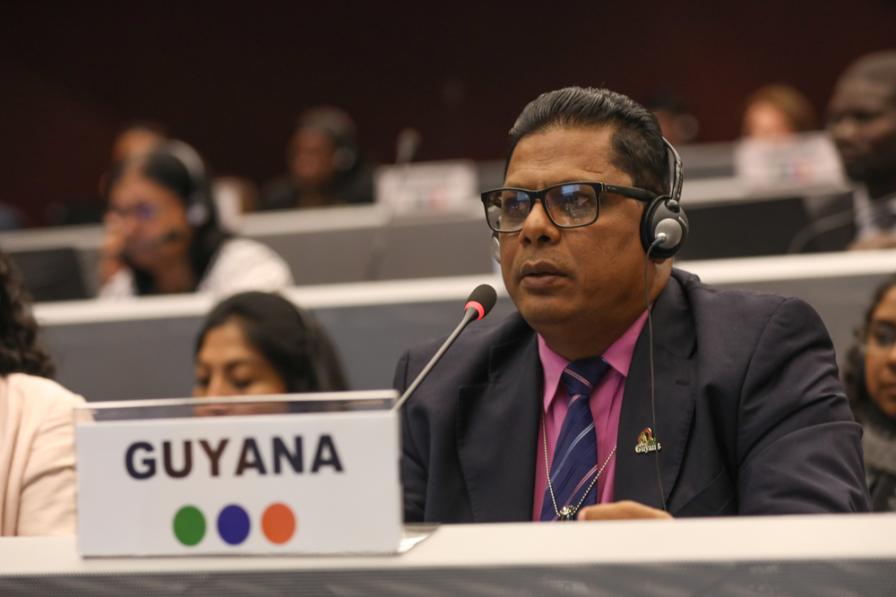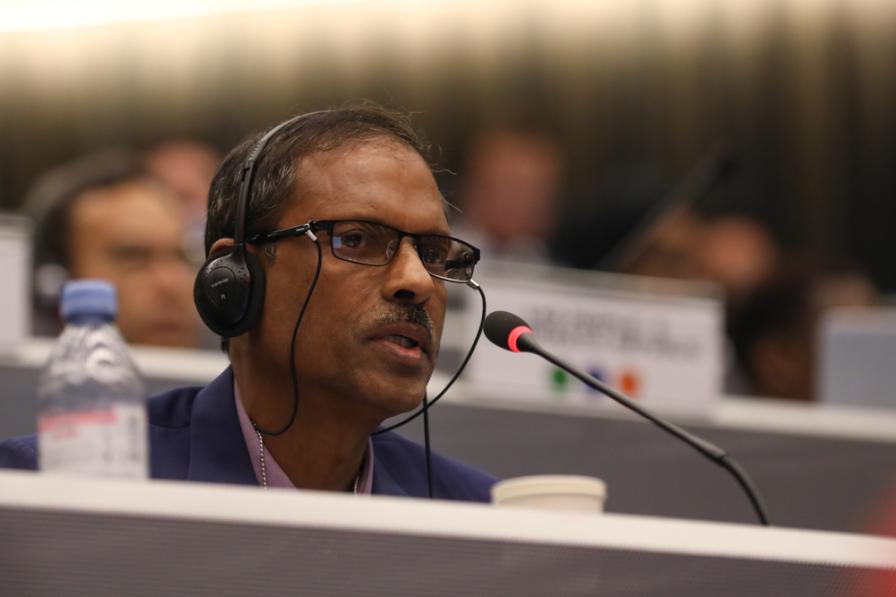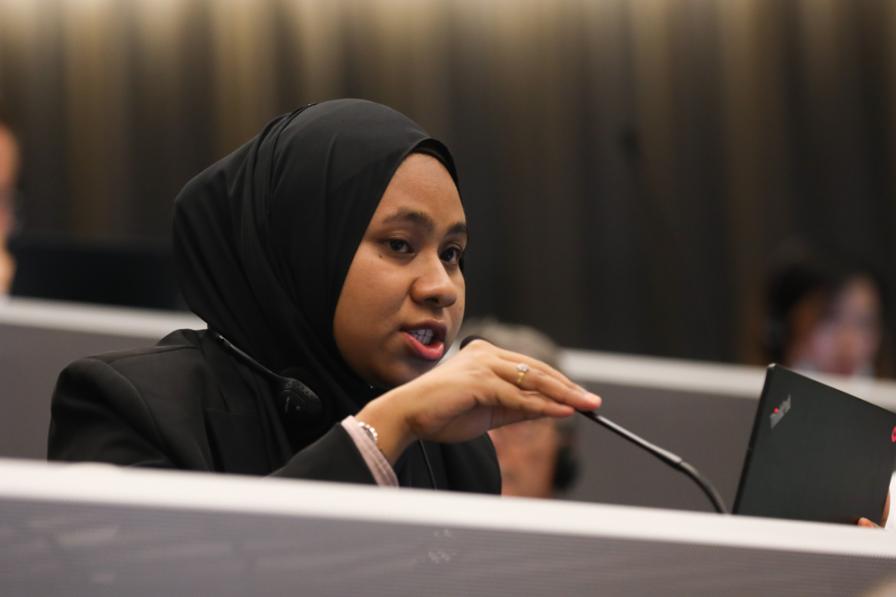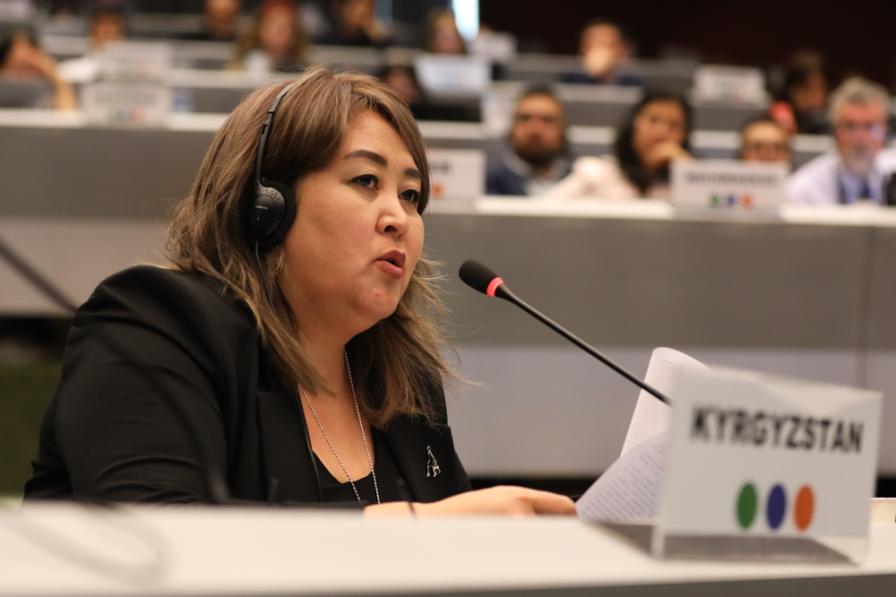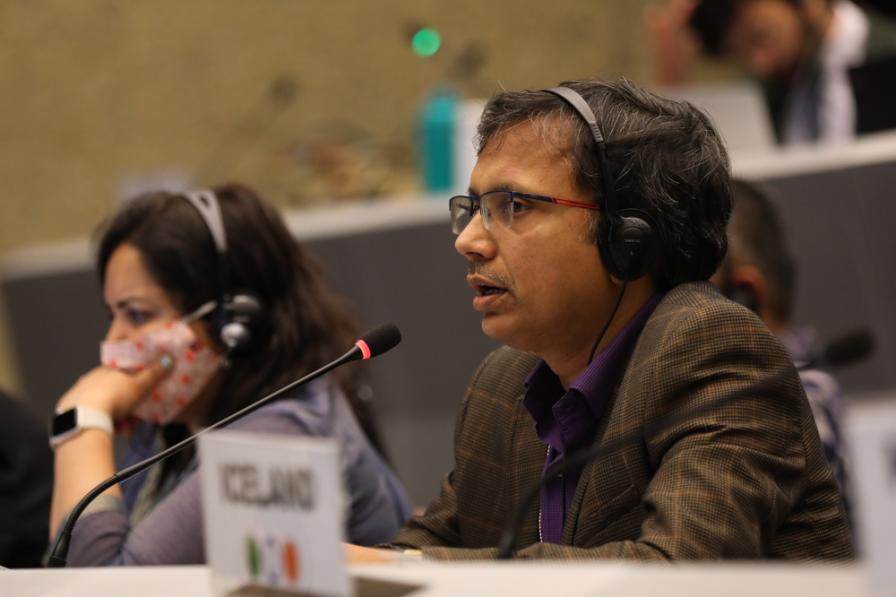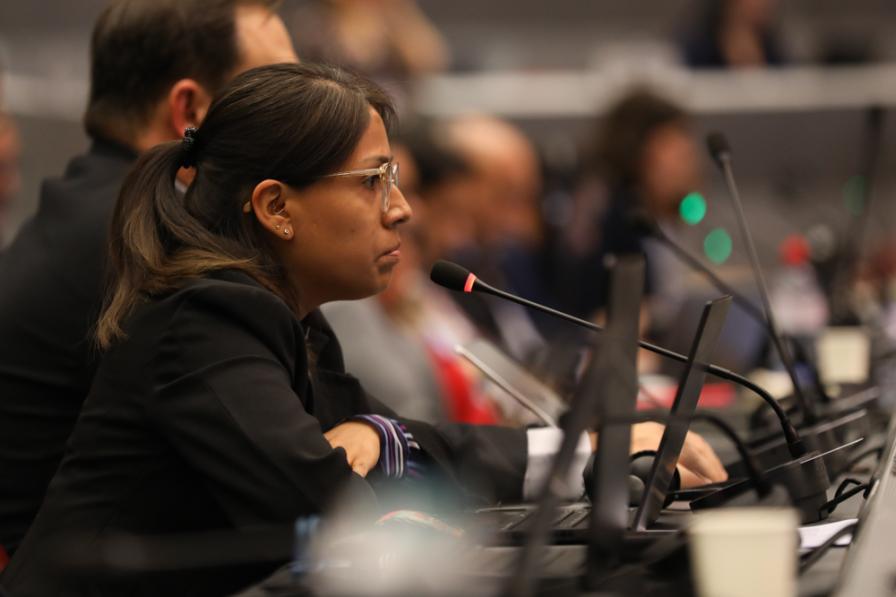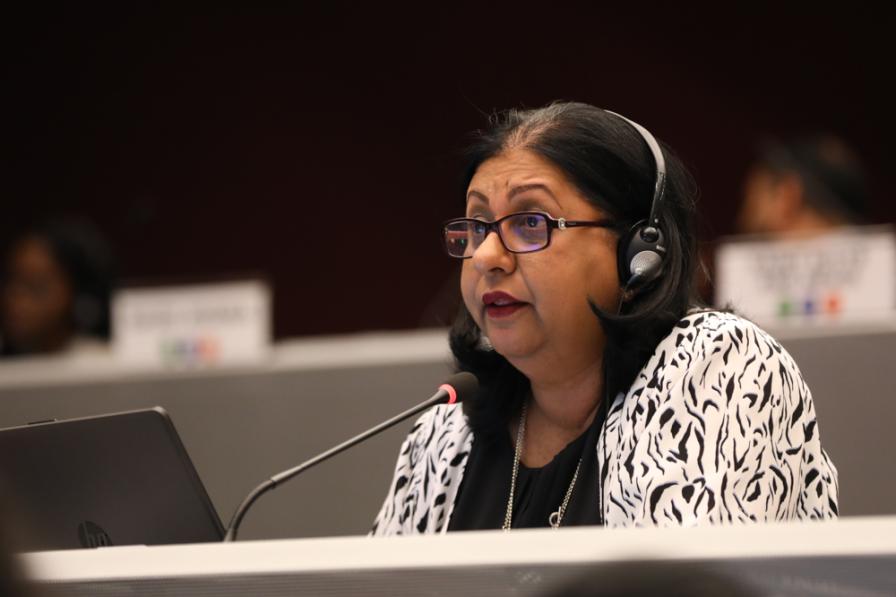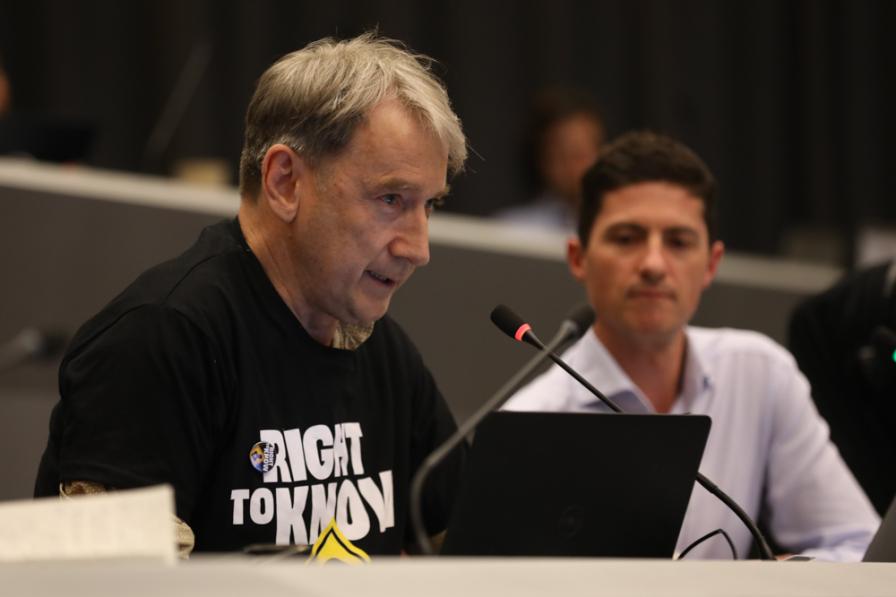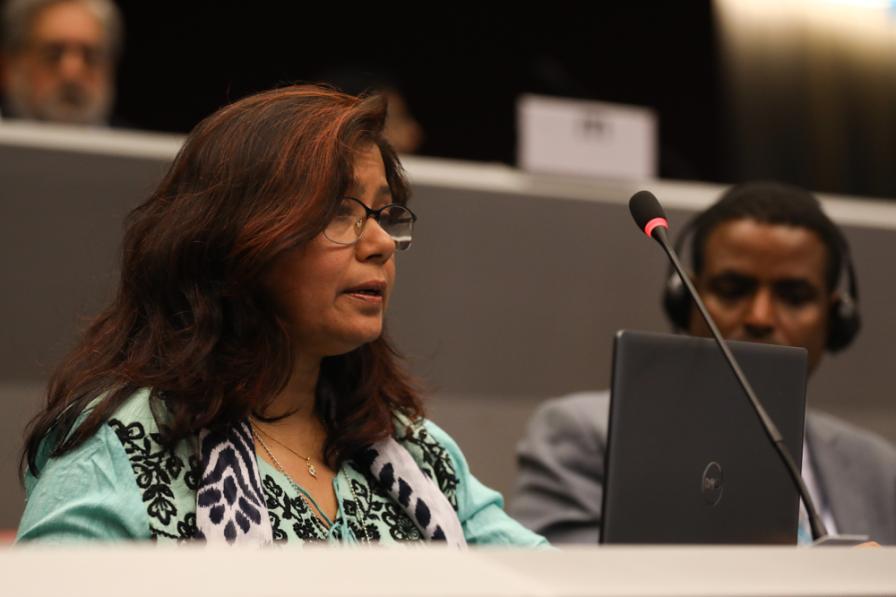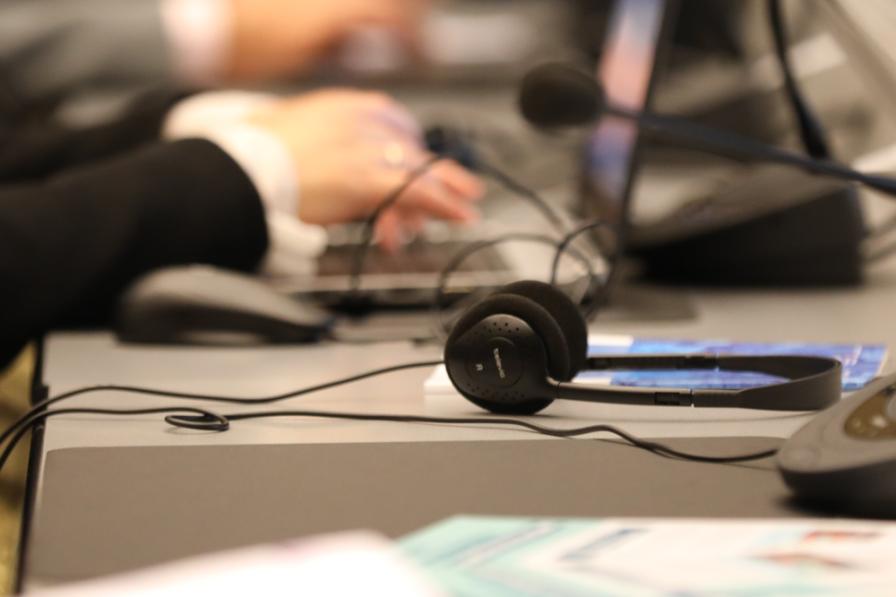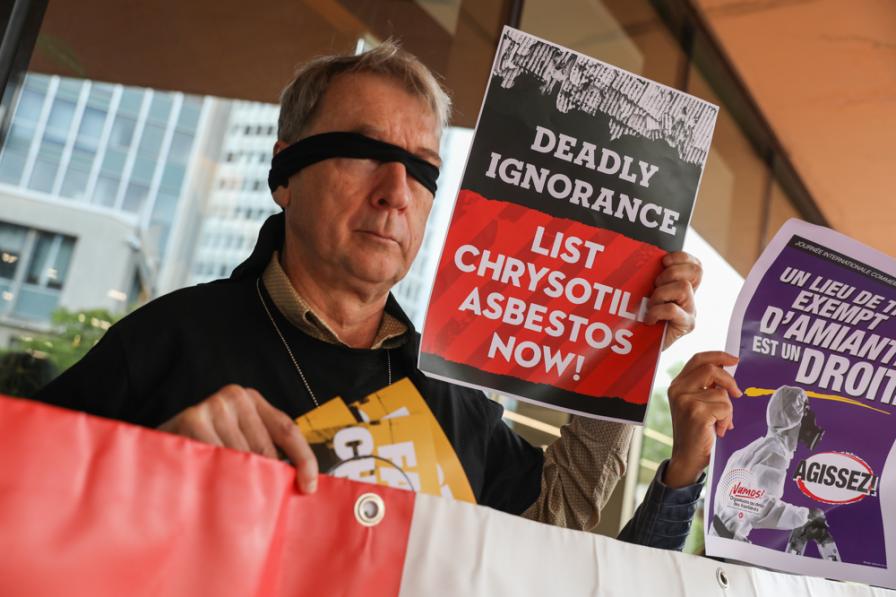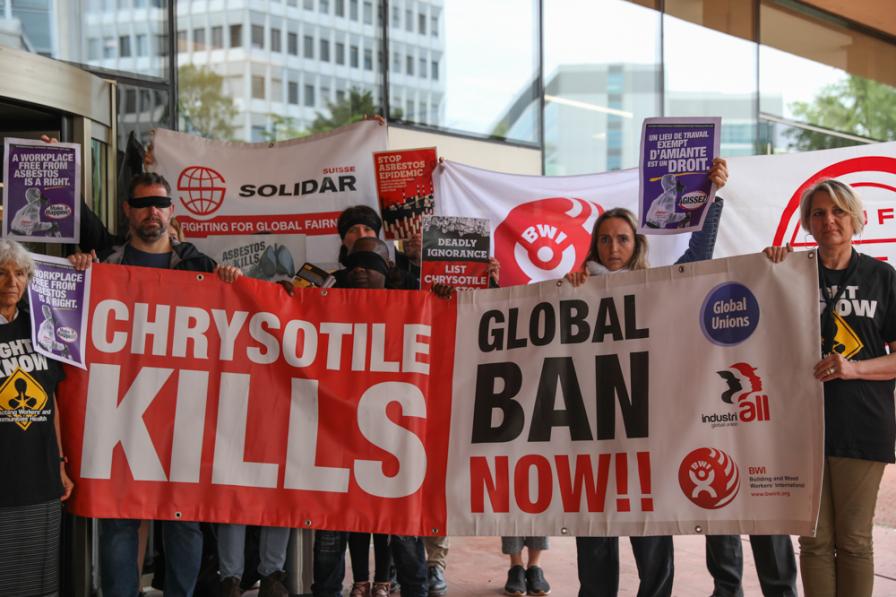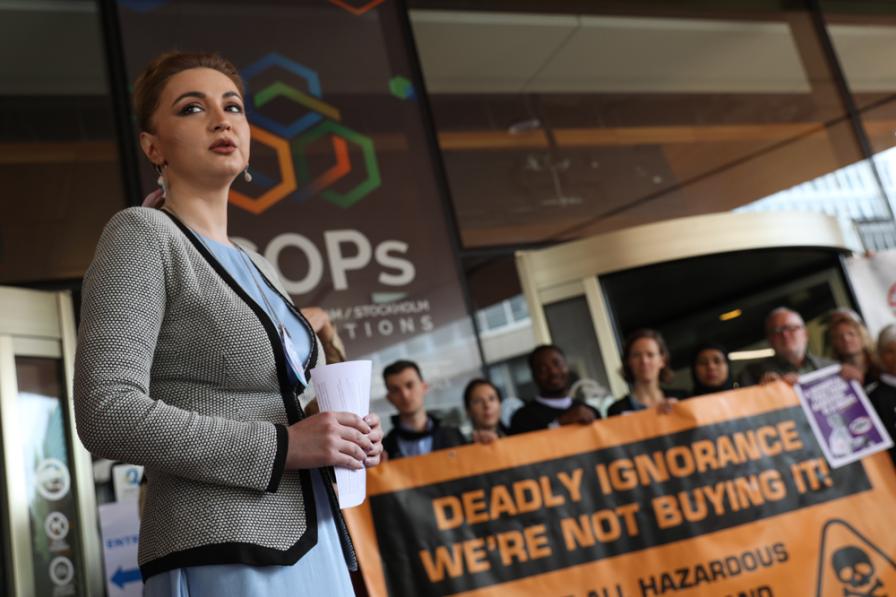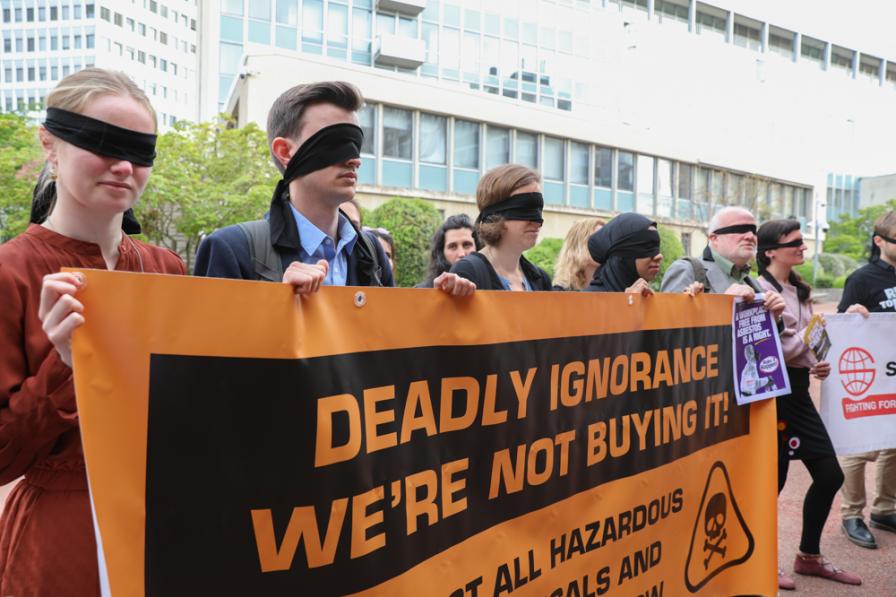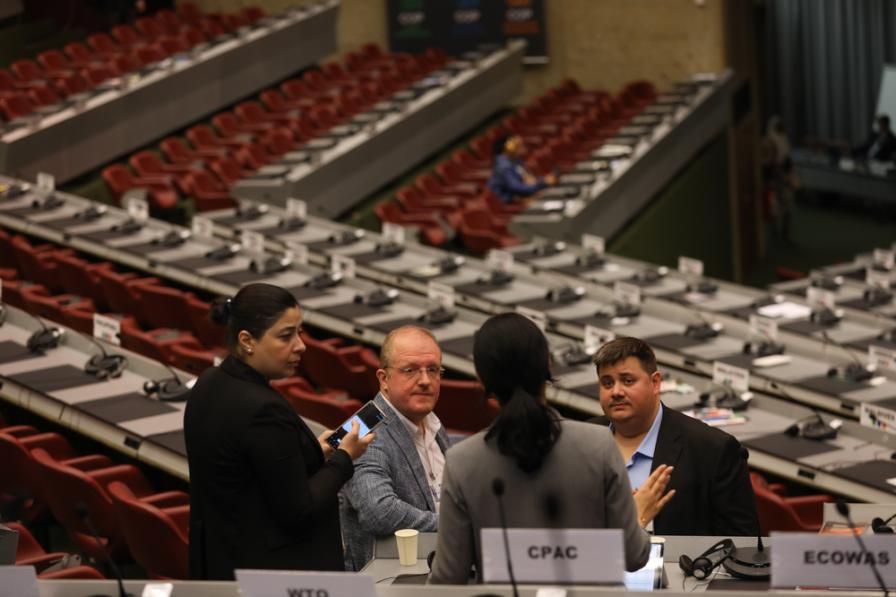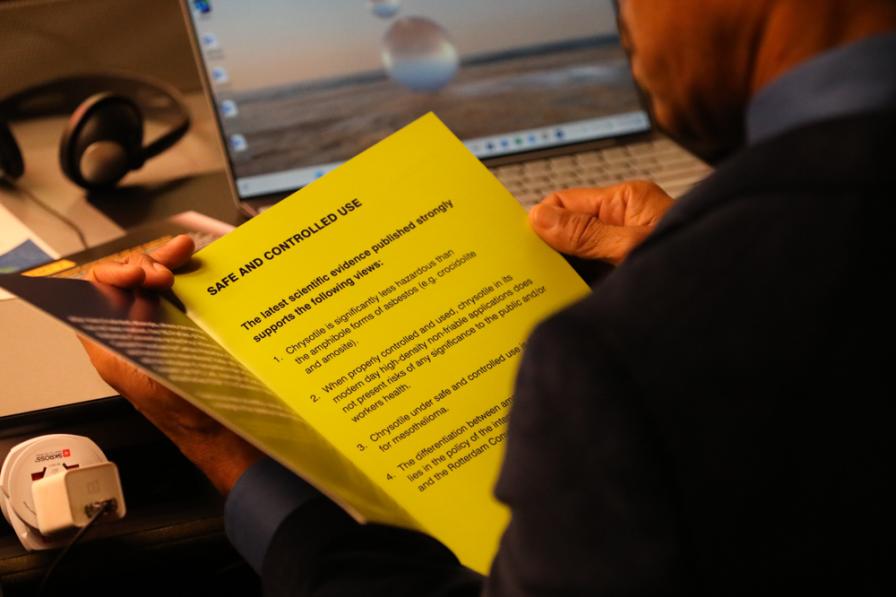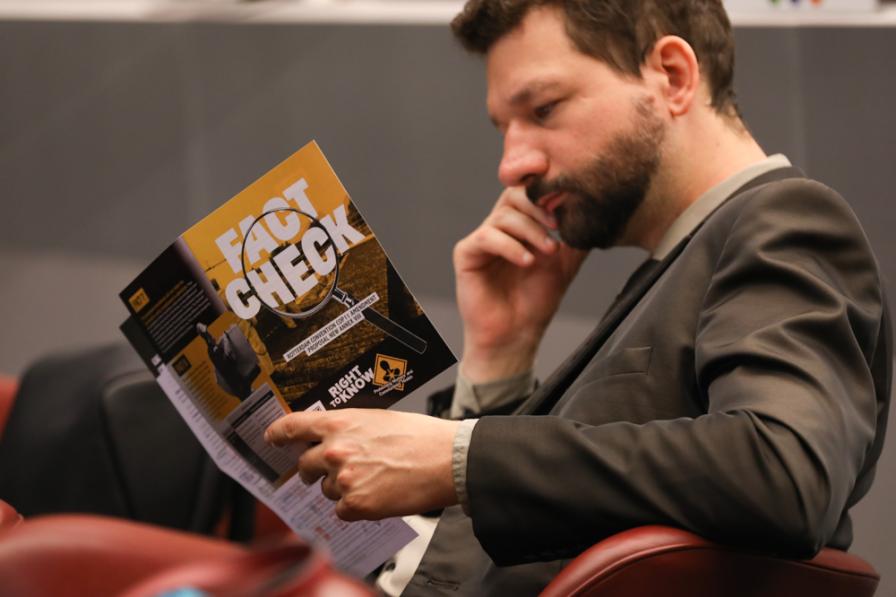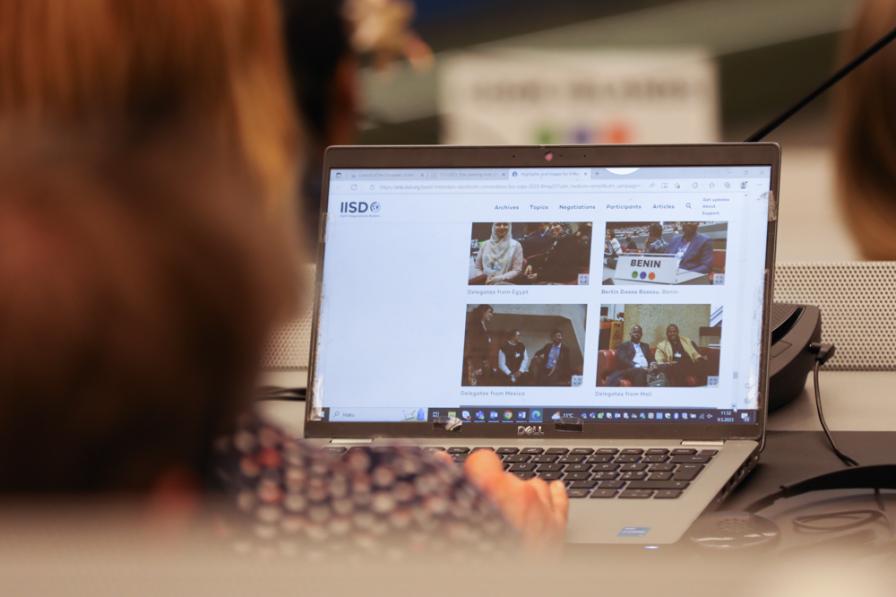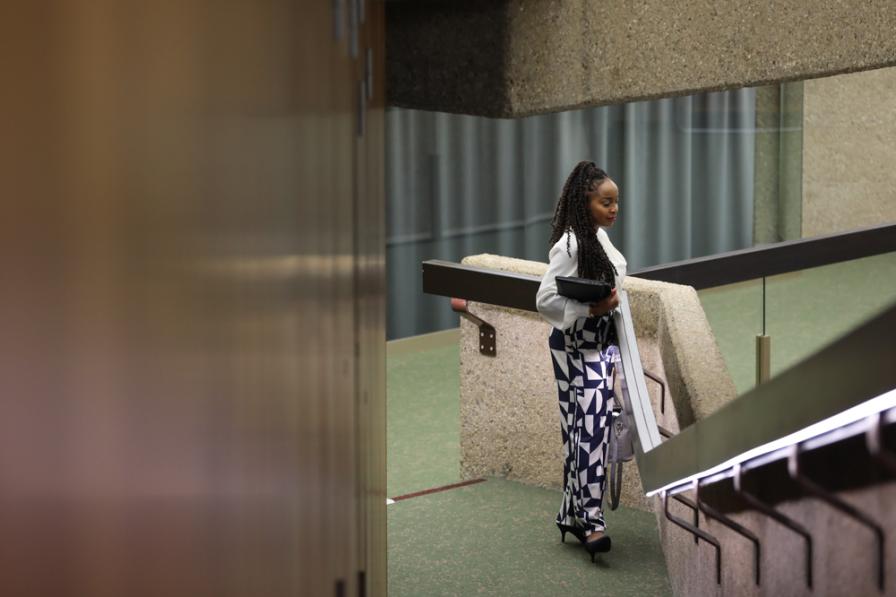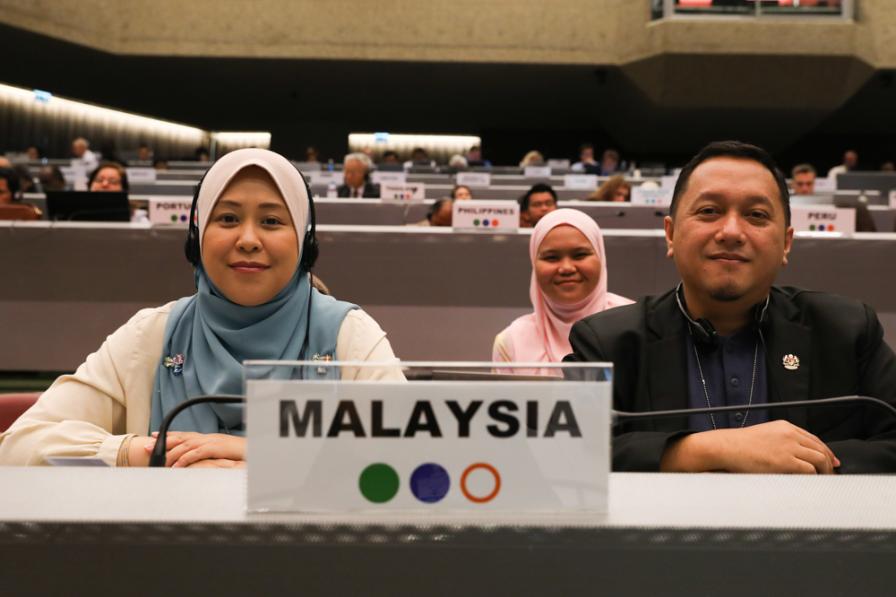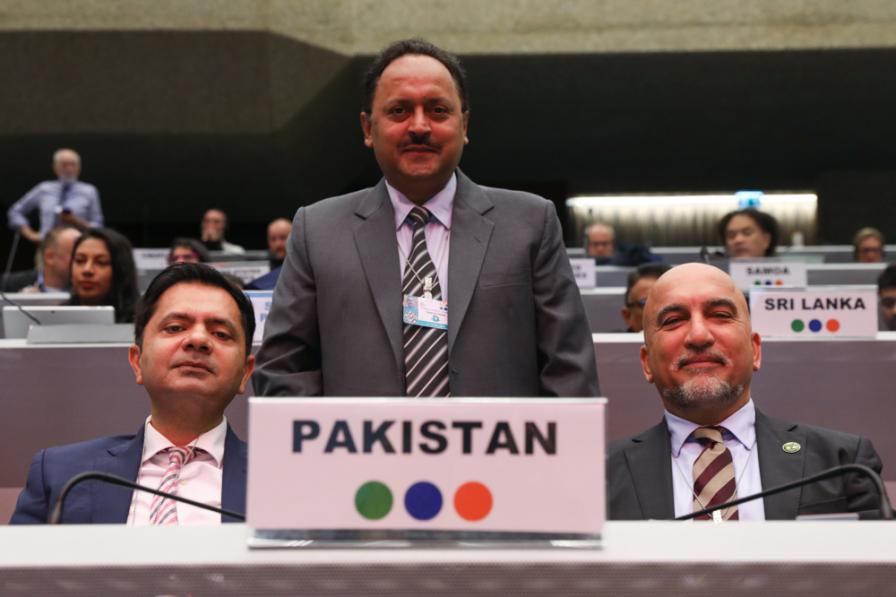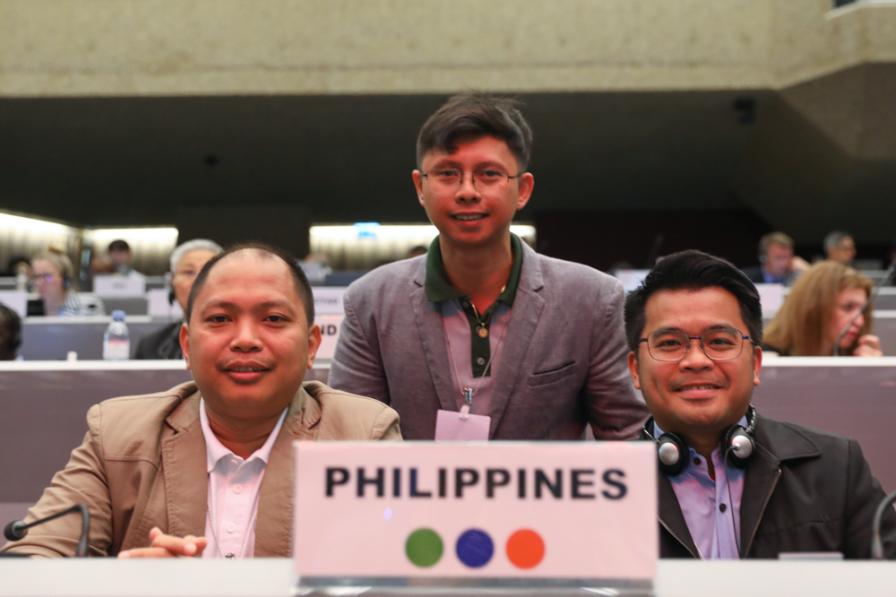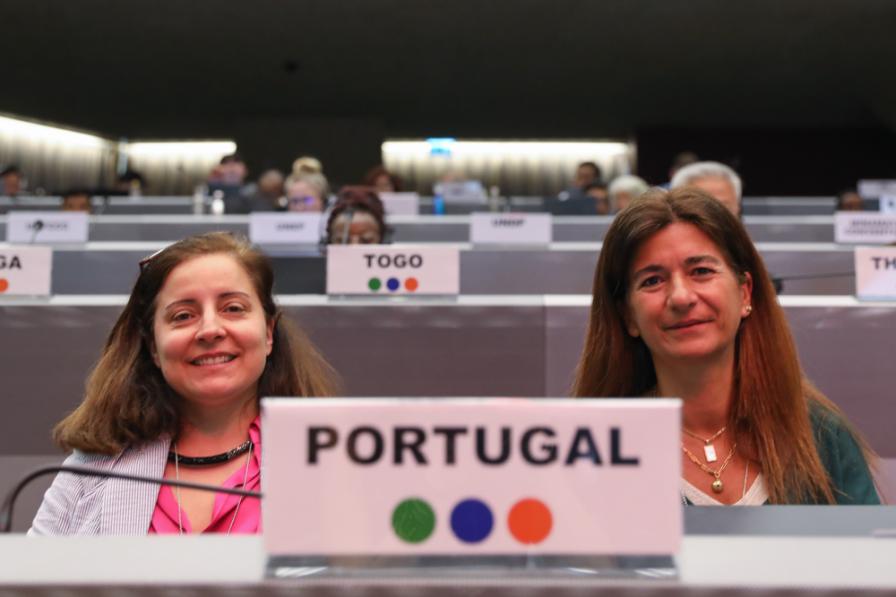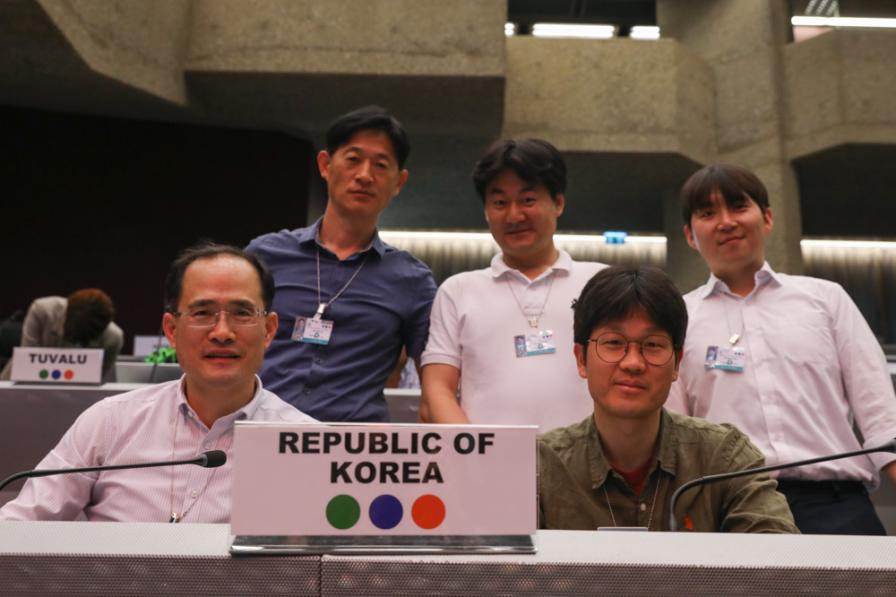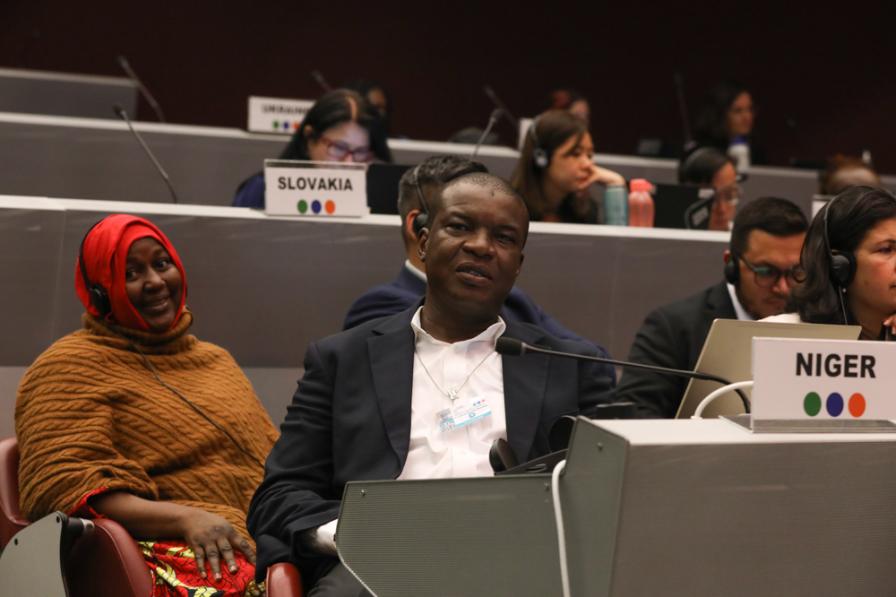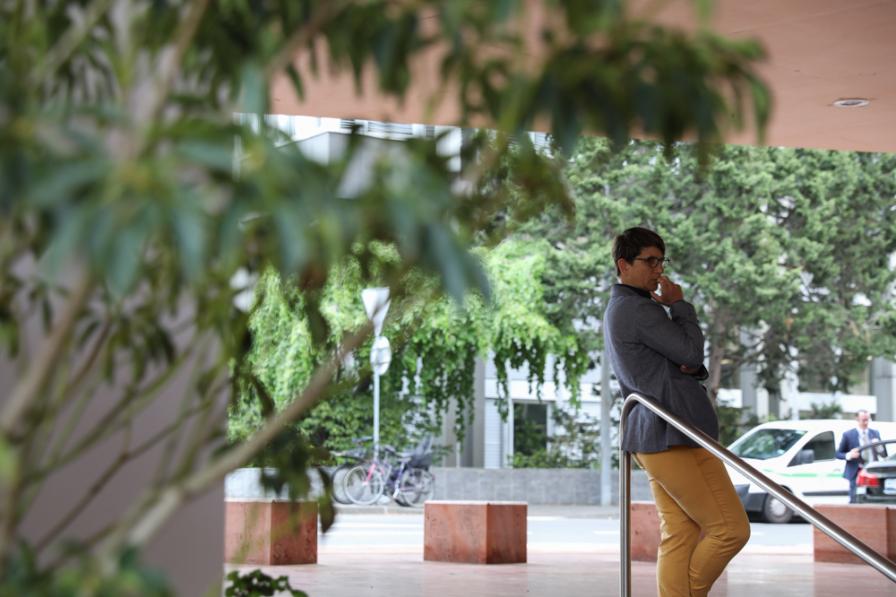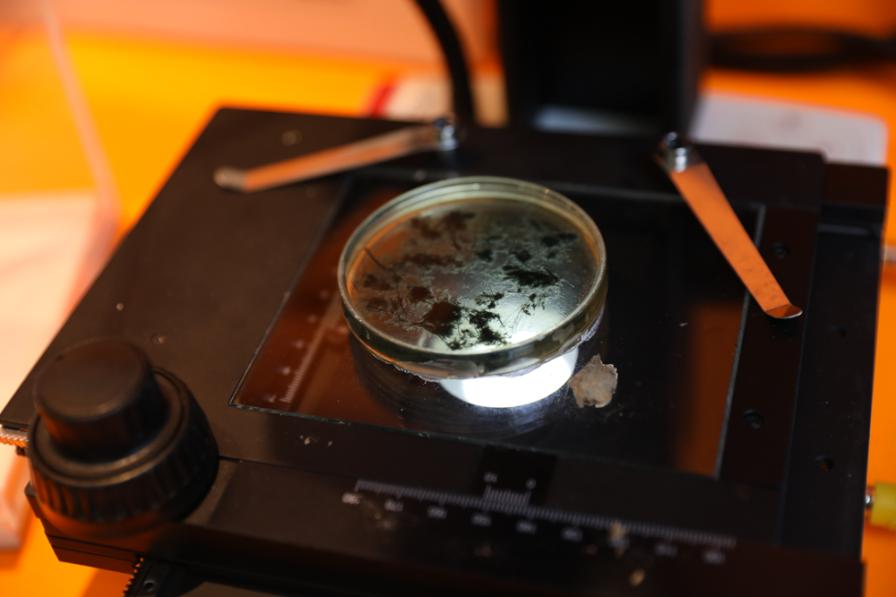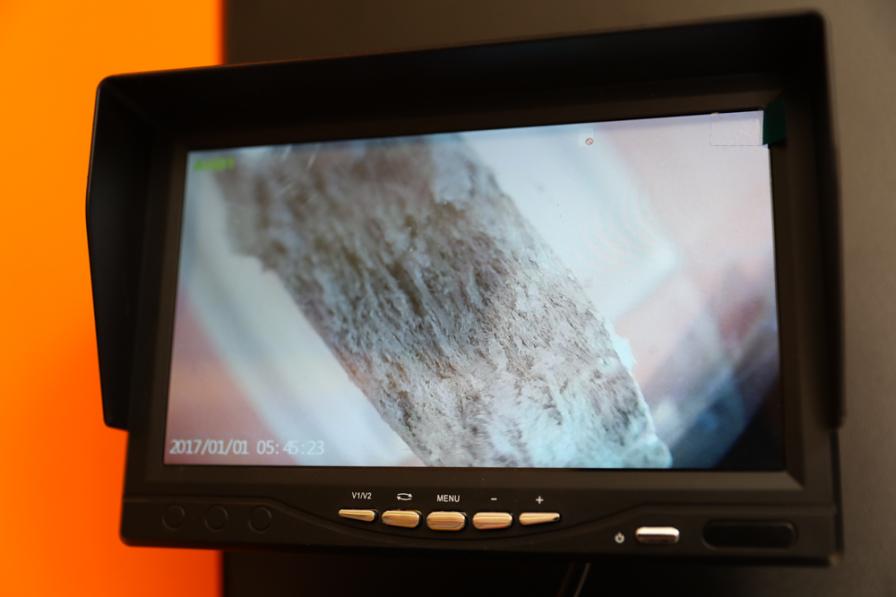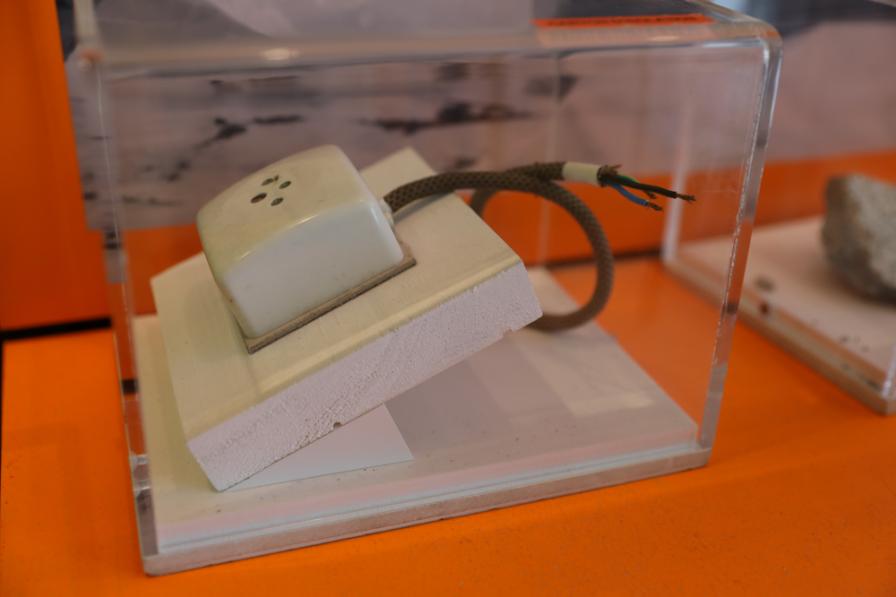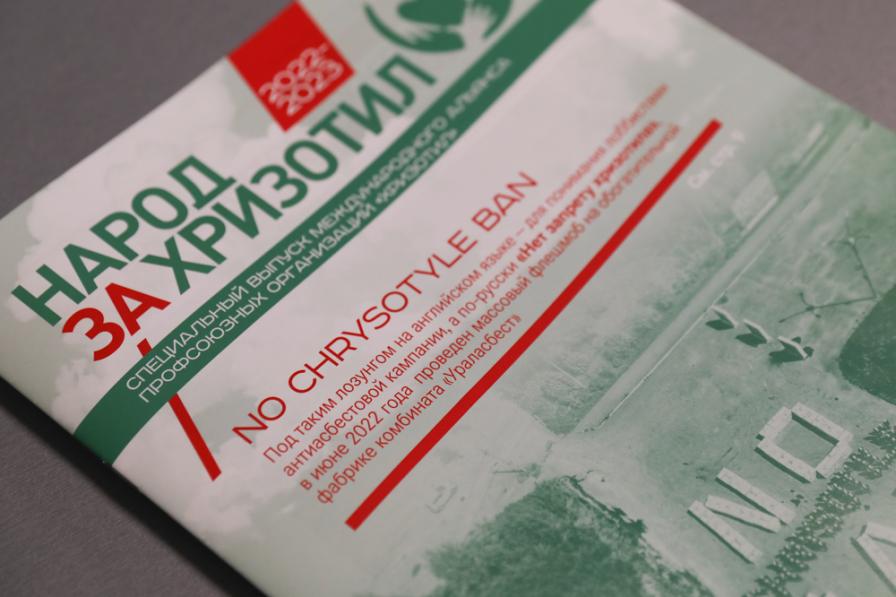Further decisions were adopted under the Basel Convention, although considerable work remains for the final three days the TripleCOP.
Want to dig deeper? Read the full Earth Negotiations Bulletin daily report.
The Basel Convention mostly focused on plastic wastes technical guidelines. It’s a lengthy document that aims to help countries manage plastic wastes by providing evidence-based information. In discussions on chemical recycling, country positions diverged. Some countries emphasized its innovative potential to complement mechanical recycling, while others noted the uncertainties, cautioning against its potential adverse effects on human health and the environment. Many hope to adopt the plastic wastes technical guidelines at this COP, as an important input to the ongoing negotiations for a new plastic pollution treaty.
Continuing from the day before, listing chemicals was the main topic for the Rotterdam Convention. In plenary, countries discussed several chemicals that it previously considered, but could not agree to list: paraquat, fenthion, and chrysotile asbestos. Again, unable to agree to list these substances, the COP will put paraquat and chrysotile asbestos on the agenda for the next meeting, and parties will consult informally on fenthion.
The effectiveness of the Rotterdam Convention was discussed in plenary and the contact group where the first reading of the proposed amendments to add a new Annex was considered, with continued reservations by opponents during the discussions.
There was also a lengthy discussion on Brazil’s proposal for further intersessional work to address the "undesirable indirect economic and trade effects" arising from the inclusion of new substances in Annex III or other Annexes in the Convention. For some countries, all options have been exhausted through previous intersessional work. Others stressed the need for further, inclusive debate. Countries could not agree if this proposal should be discussed in the Rotterdam Convention effectiveness contact group, or the Rotterdam Convention listing contact group.
In the morning, there was a positive report on the Stockholm Convention compliance mechanism. The Co-Chair reported that most of the issues had been resolved through compromise on all sides. A few issues remain, including on the name of the Committee.
Discussions on the financial mechanism included a proposal to develop a resource mobilization strategy to help the Secretariat support sound chemicals and wastes management. With that, and other text, unresolved, parties were asked to consult among each other.
Side Events
Side events showcased a range of issues. One focused on local solutions to address plastic pollution, while another explored mercury waste management. An event on chrysotile asbestos aligned with a topic of discussion in plenary. Seeking to “connect the dots,” one event considered the role of youth in national implementation plans.
All ENB photos are free to use with attribution. For the 2023 BRS COPs, please use: Photo by IISD/ENB | Kiara Worth.
To receive free coverage of global environmental events delivered to your inbox, subscribe to the ENB Update newsletter.
Morning Plenary
Afternoon Plenary
Civil Society Action
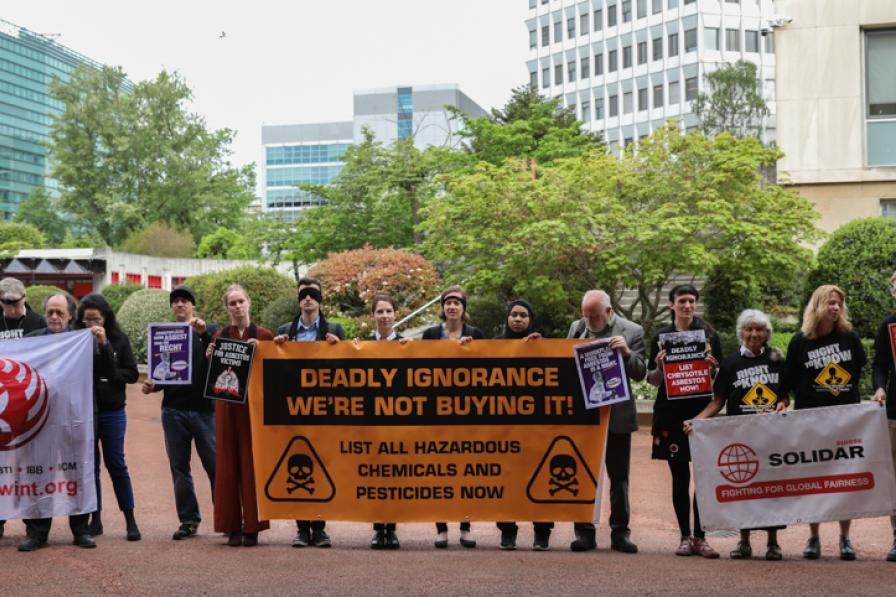
Members of civil society stand outside the conference center to raise awareness about the harmful effects of asbestos, as the chemical is scheduled for discussion under the Rotterdam Convention
